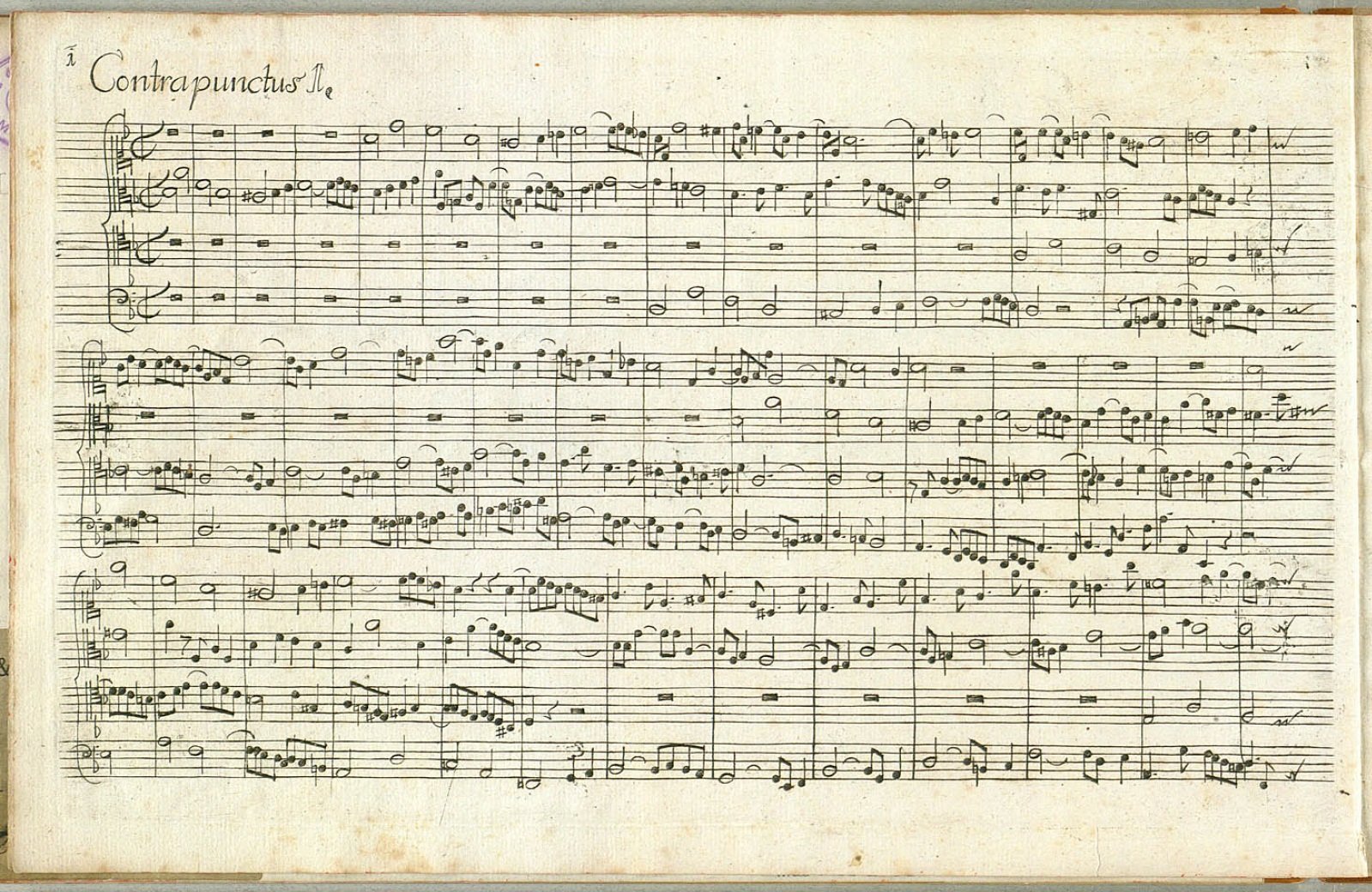
Anyone who wanted to be a composer of distinction in the Baroque period had to be able to compose fugues. It was considered the highest art of composition. But what actually makes a fugue? And can this kind of music still move us today? It certainly can, if you give yourself completely to the music while listening to it!
We humans love to playfully search for and find something, rediscover the familiar, and track down the new. We can do all this when listening to a fugue. The name comes from Latin. “Fuga” means flight or fleeing, and this description already says something about the principle of this type of music: one voice introduces a concise melody, called a theme.
A second voice takes up this melody, but because it starts later, the first voice is always a little ahead of it. It “flees”, so to speak, from the second voice. As soon as the second voice starts with the theme, the first voice develops a musical counterpart, the so-called counterpoint. Later, the first voice takes up the theme again and the second voice has the counterpoint, and so it goes on ...
Versatility
The principle seems relatively simple, but composers developed a great art from it. They came up with a lot of ideas to change the theme, making the musical movement more varied. They compress or expand the melody rhythmically, have it played backwards or in reverse, add further themes … There are few limits to musical imagination in this respect, the main thing is that the individual voices – usually three or four – run according to harmonically correct rules. The more complex a fugue is, the more exciting it is for the listener: where is the theme right now? What variation does it take? Sometimes you think you have lost the theme in the undergrowth of the many opposing voices, then it suddenly shines out radiantly or resounds sonorously in the bass voice.
Bach, the “grand master of the fugue”
The fugue developed from musical precursors such as the canon and reached its heyday in the 17th century. It can be performed by vocal or instrumental voices. Keyboard instruments that can play several voices, such as the organ, harpsichord or piano, are particularly ideal for playing fugues.
Few composers were as virtuosic as Johann Sebastian Bach, who was called the “grand master of the fugue” by his contemporaries. In his Art of Fugue, he once again demonstrates all the sophistication of this type of music, from simple four-part fugues to counter, double and triple fugues to mirror fugues. There are also four different canons.
The theme he uses seems very simple; it is developed from the D minor triad. But this “simple” constellation allows compositional transformation processes that show Bach’s virtuosity. Each fugue movement also conveys its own mood: joyful, dance-like, reflective, contemplative. At the end, Bach weaves in the musical emblem of his name: B-A-C-H. But of all things, this last fugue is not composed to its end ... A mystery that still puzzles musicologists today. Bach’s Art of Fugue holds many fascinating aspects in store – while researching, playing or listening.